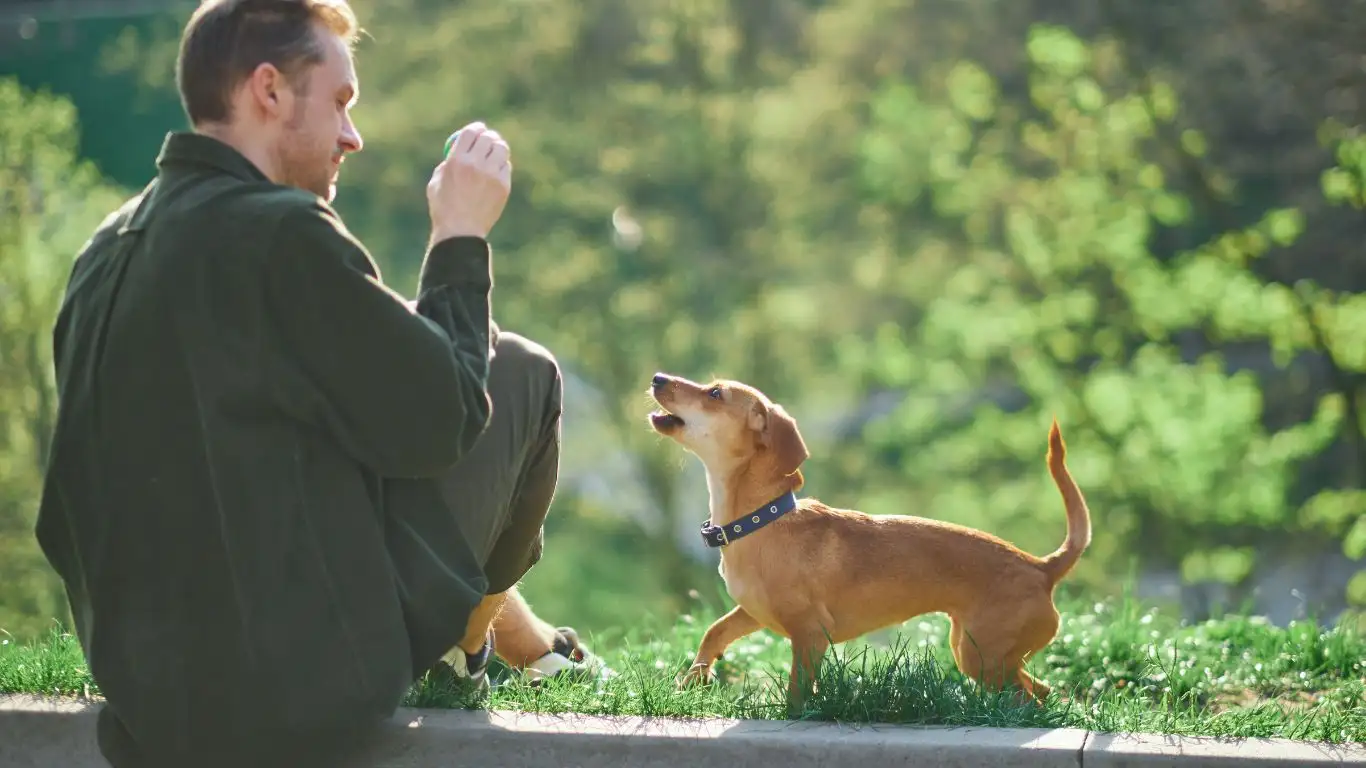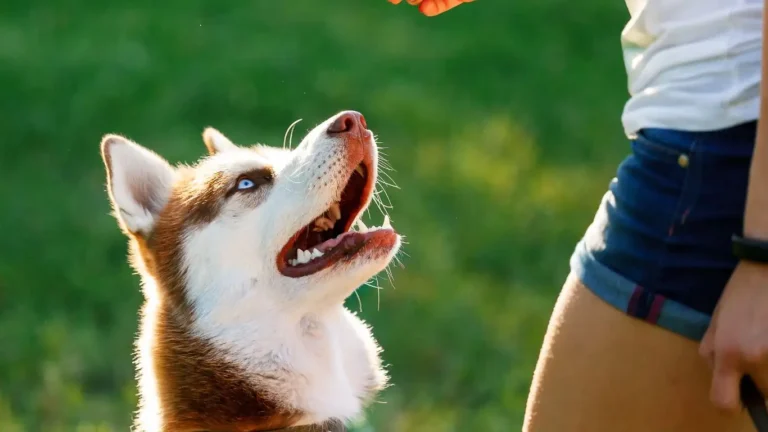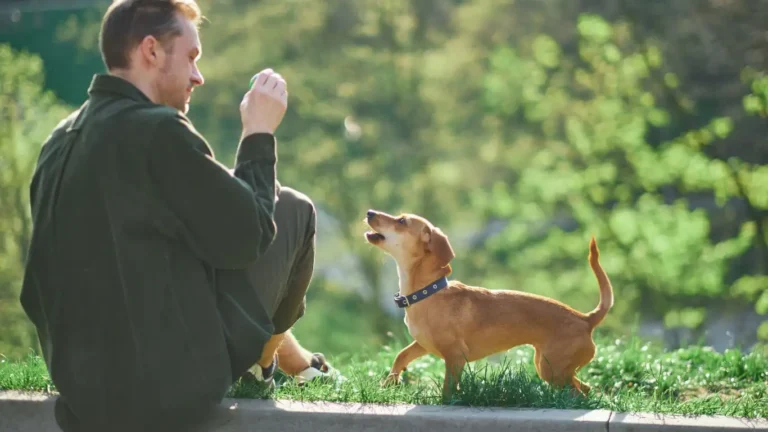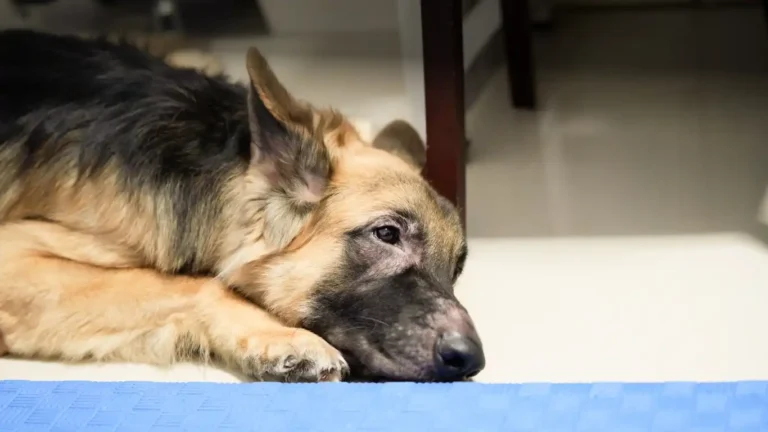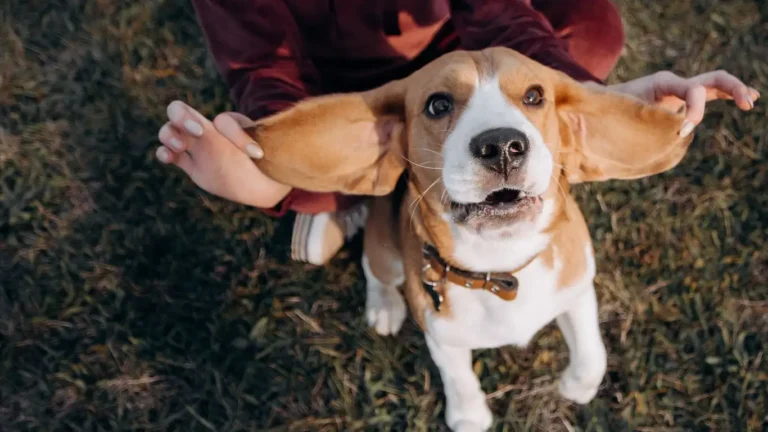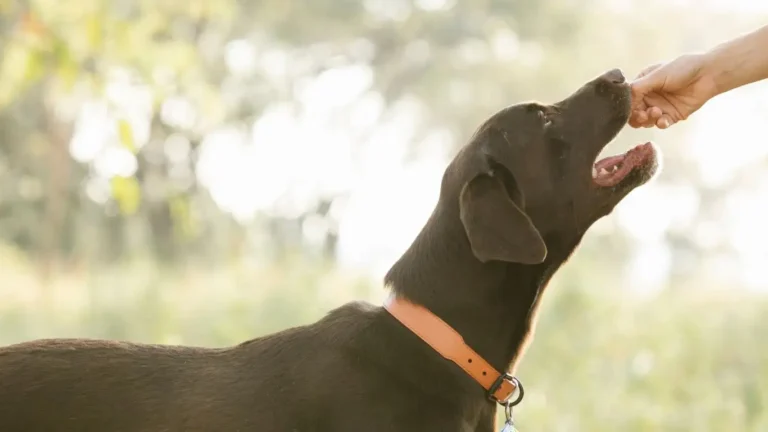Stop Leash Tangling: How to Train Your Dog to Walk Smoothly
Ever found yourself tangled up like a marionette on a windy day, trying to walk your pup who’s determined to weave figure eights around your legs? You’re definitely not alone. I’ve spent years working as a Canine-Assisted Therapy Trainer, and trust me, teaching folks how to train a dog to avoid leash tangling is one of the most common (and oddly comical) concerns that pops up. It might seem like a small thing, but when you’ve got a dog wrapping the leash around poles, ankles, and sometimes even other dogs — it can quickly turn your chill walk into a full-on obstacle course. Let’s unravel this mess together (pun absolutely intended).
Why Do Dogs Get Their Leashes Tangled?

Before we dive into training techniques, it’s important to understand why leash tangling happens in the first place. Dogs aren’t trying to make your life difficult — they’re just curious creatures with a whole lot of energy. From my experience in therapy dog training, I’ve noticed three main culprits behind the leash wraparound:
- Lack of leash awareness: Most dogs don’t understand that the leash is a boundary. They see a squirrel? Off they go — regardless of what’s attached to their collar.
- Inconsistent walking patterns: If you let your dog switch sides every few steps, they’re going to end up looping you like a lasso.
- Overexcitement or anxiety: Dogs that are overly stimulated or unsure of their surroundings tend to zigzag and dart without direction.
Sound familiar? The good news is, once we figure out the ‘why,’ we can fix the ‘how.’
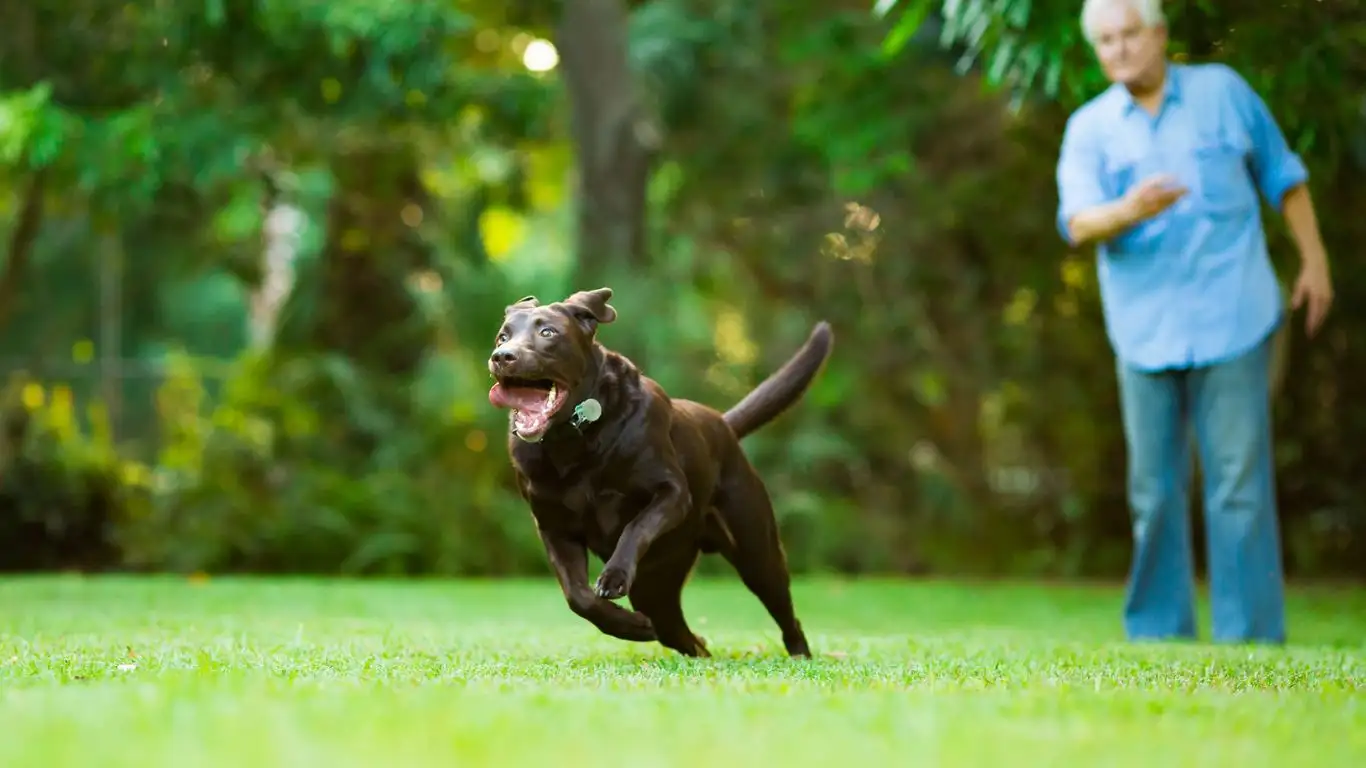 How to Train a Dog to Avoid Leash Tangling
How to Train a Dog to Avoid Leash Tangling
Start with a Solid Foundation
If your dog hasn’t nailed the basics like “heel” or “stay,” you’ll want to backtrack and build that foundation first. Teaching them to walk nicely on a leash (without pulling or darting) is step one. I always recommend starting in a low-distraction area — like your backyard or even inside your house. The more relaxed the environment, the better your dog will absorb what you’re teaching.
Here’s what I like to do in the beginning:
- Hold treats in the hand closest to your dog.
- Encourage them to stay by your side by rewarding every few steps when they’re walking nicely.
- Use a simple cue like “with me” or “this way” to keep them focused.
Every dog’s pace of learning is different, but consistency beats speed every time.
Train a Side Habit (Literally)
Now, this one’s huge. Pick a side — left or right — and stick to it. I personally train all my therapy dogs to walk on the left because it keeps things consistent for clients and handlers alike. If your dog is constantly switching sides mid-walk, that’s leash tangling waiting to happen.
Try this trick:
- Use a short leash (not retractable) to prevent excess slack.
- If your dog crosses in front of you, calmly guide them back to your chosen side without scolding.
- Use verbal cues like “side” or “back” paired with hand gestures to reinforce the habit.
Be patient. It might take a couple of walks — or a couple of weeks — but eventually, they’ll get it.
Teach the “Stop and Reset” Move
This one’s saved me more times than I can count. When a leash tangle starts to happen, instead of trying to spin in circles and fix it mid-stride, just stop walking. Seriously — just stop. Say something like “reset” or “wait,” and then calmly reposition your dog to untangle the leash before continuing.
I like to turn it into a little game. Dogs love routines, and if they learn that “reset” means a quick pause, then a treat or praise, they’ll start to anticipate it — and even help you fix the tangle themselves.
 Build Awareness Through Engagement
Build Awareness Through Engagement
A lot of leash tangling problems boil down to one thing: your dog isn’t tuned into you. When you walk together, it should feel like a conversation, not a one-dog stampede. I always encourage dog owners — especially those handling therapy dogs — to keep their pup engaged throughout the walk. That could mean using a cheerful tone, random “check-ins,” or even a few commands tossed in mid-walk like “look at me” or “touch.”
The more mentally present your dog is, the less likely they’ll be to go rogue and twist the leash like a phone cord from the 90s (yeah, I just aged myself a little).
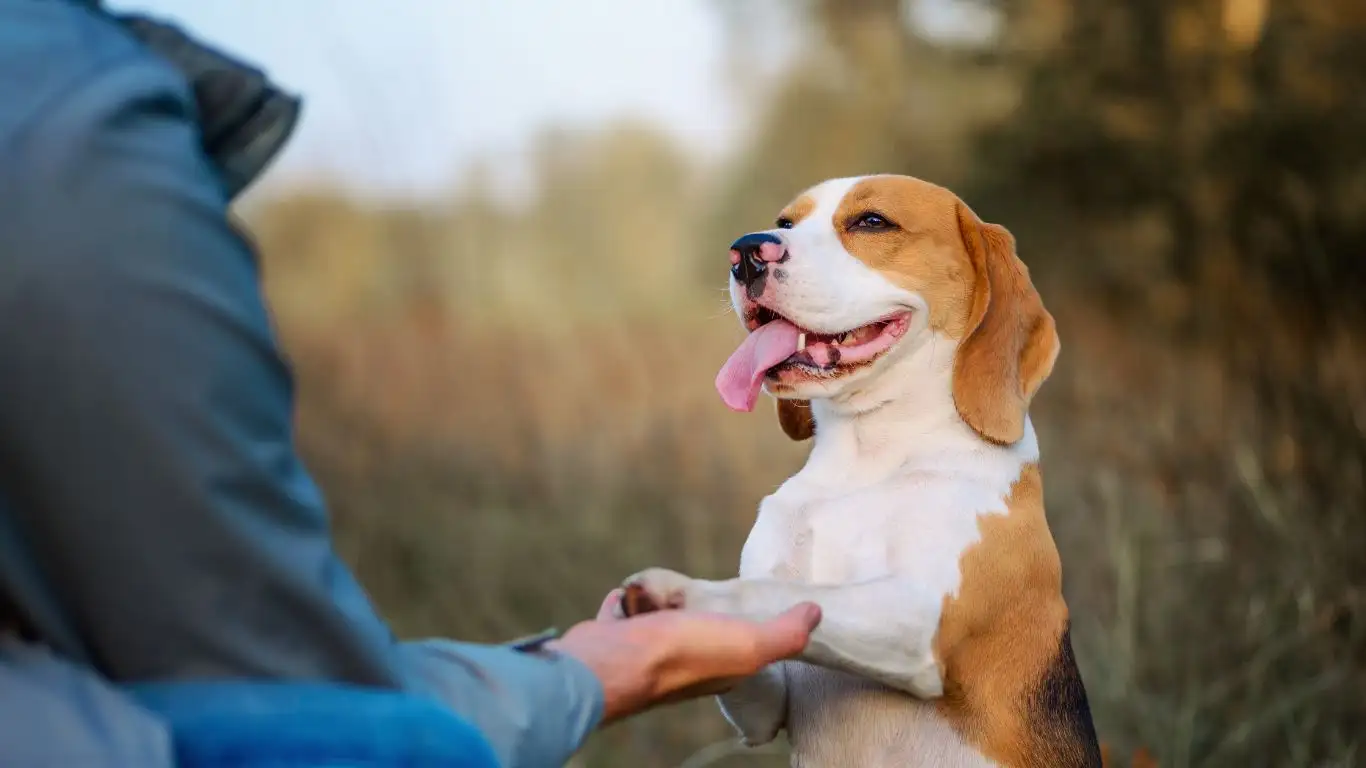 Use Visual Cues to Reinforce Leash Awareness
Use Visual Cues to Reinforce Leash Awareness
One of the coolest tools I’ve used over the years — especially with therapy dogs — is body language. Dogs are phenomenal observers. They watch everything we do, often more than they listen. So if you’re wondering how to train a dog to avoid leash tangling in a way that sticks, incorporating visual cues is a total game changer.
For instance, if I want my dog to slow down or stay closer, I slightly angle my body or slow my pace without saying a word. A subtle shift in my shoulders can signal them to adjust. Over time, your dog learns to read these non-verbal cues and match your pace and direction — which makes them way less likely to bolt to the other side of you and twist the leash like spaghetti.
Pro tip: If your dog is struggling with verbal cues, pairing them with consistent hand gestures can really speed up their learning. A raised hand for “stop,” a point to your side for “heel” — you get the idea.
 Practice Direction Changes During Walks
Practice Direction Changes During Walks
Here’s a little secret I use during therapy dog training sessions: change direction… a lot. I’m talking zig, zag, spin, loop — not just walking in a straight line from point A to B. The idea is to help your dog get used to following you, instead of leading the way. Think of it like a dance — and you’re the one calling the moves.
This builds attentiveness and teaches them to check in with you more often. It also trains them to maintain a loose leash and avoid crossing over, which reduces tangling big time. Plus, it keeps their minds working, and a mentally engaged dog is usually a lot more relaxed — and way less twisty.
Try this:
- During your walk, randomly turn left or right without warning.
- Each time your dog follows promptly, reward them with a treat or praise.
- If they don’t follow or get tangled, stop and calmly reset, then try again.
It might feel awkward at first — especially if your neighbors are watching you do sidewalk pirouettes — but trust me, the results are worth it.
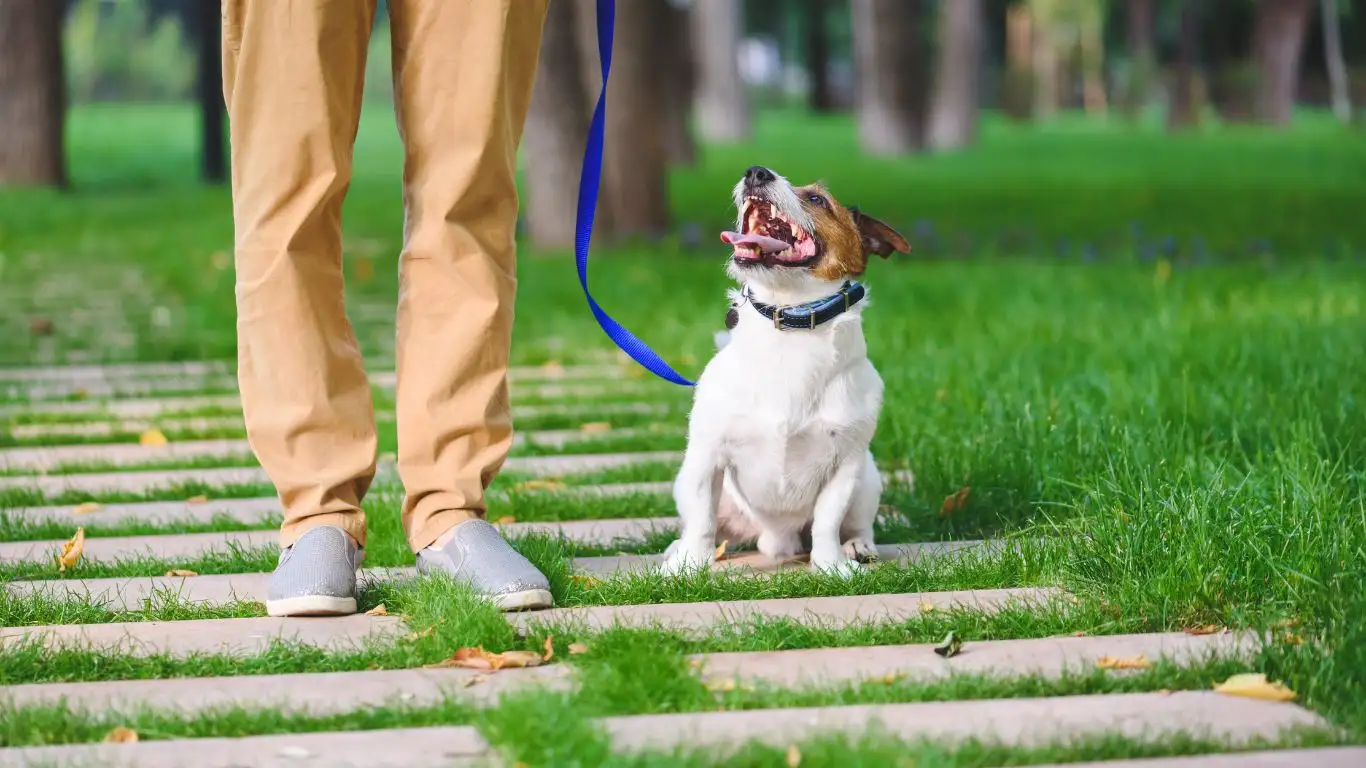 Reward Calm, Predictable Movement
Reward Calm, Predictable Movement
If there’s one thing I repeat constantly in my training sessions, it’s this: reward what you want to see more of. Dogs don’t know they’re doing something right unless you show them. When your dog walks calmly, stays on the correct side, and doesn’t twist the leash — that’s jackpot behavior. Let them know!
Now, I’m not saying you need to carry a steak buffet in your pocket. But even a small piece of kibble, a “good job,” or a quick ear scratch can go a long way. Positive reinforcement turns good leash manners into habits.
Here are some of my go-to rewards:
- High-value treats: Use these for early training stages or breakthroughs.
- Verbal praise: Your voice matters more than you think. A cheerful “yes!” or “good heel!” makes your dog feel like a rockstar.
- Short play breaks: Let them sniff, explore, or play tug for 30 seconds as a reward for walking nicely.
It’s not about bribery — it’s about reinforcing behavior you want repeated. When they start seeing calm walking as a path to fun, food, and praise, leash tangling starts to disappear naturally.
Set Realistic Expectations (and Give Yourself Grace)
This one’s close to my heart because I’ve worked with all kinds of dogs — from hyperactive puppies to older therapy dogs who just needed to relearn a few things. And the truth is, no dog is perfect all the time. You’re going to have tangled moments. You might trip. They might loop you three times around a lamppost. It happens.
Instead of beating yourself up, treat those moments as learning opportunities. Even the most well-trained dog is going to make mistakes, especially in new environments or when distractions are everywhere.
What really matters is consistency and connection. If your dog feels safe, guided, and understood, they’ll want to work with you — not against the leash.
One client I worked with had a golden retriever that was notorious for circling people like a lasso on every walk. We started with 5-minute practice sessions in her backyard, slowly adding in cues and rewarding tight, focused walking. Within a month, that pup was walking like a pro through crowded parks without a single tangle. It’s not about being fast — it’s about being consistent.
So if you’re still in the thick of training, hang in there. You’re not alone — and you’re doing better than you think.
 Teach Your Dog to “Fix It” — Self-Correcting Leash Tangles
Teach Your Dog to “Fix It” — Self-Correcting Leash Tangles
One of my favorite advanced leash skills — and a total game-changer for therapy dogs — is teaching them to “fix it.” This command helps your dog untangle the leash themselves when it gets looped under a leg or twisted around their body. It’s not just practical; it boosts their confidence and independence.
Here’s how I usually introduce it:
- Set up the tangle: Gently place the leash under one of your dog’s front legs while they’re standing or sitting.
- Use a cue: Say “fix it” and lightly pull the leash outward (not upward) to encourage them to lift their paw.
- Reward: The moment they move their paw or shift to release the leash, praise enthusiastically and offer a treat.
- Repeat: Practice this in short sessions, gradually increasing difficulty by changing positions or adding movement.
With consistency, your dog will learn to respond to “fix it” by adjusting their position to free the leash. This skill is especially helpful during walks in crowded areas or when navigating obstacles.
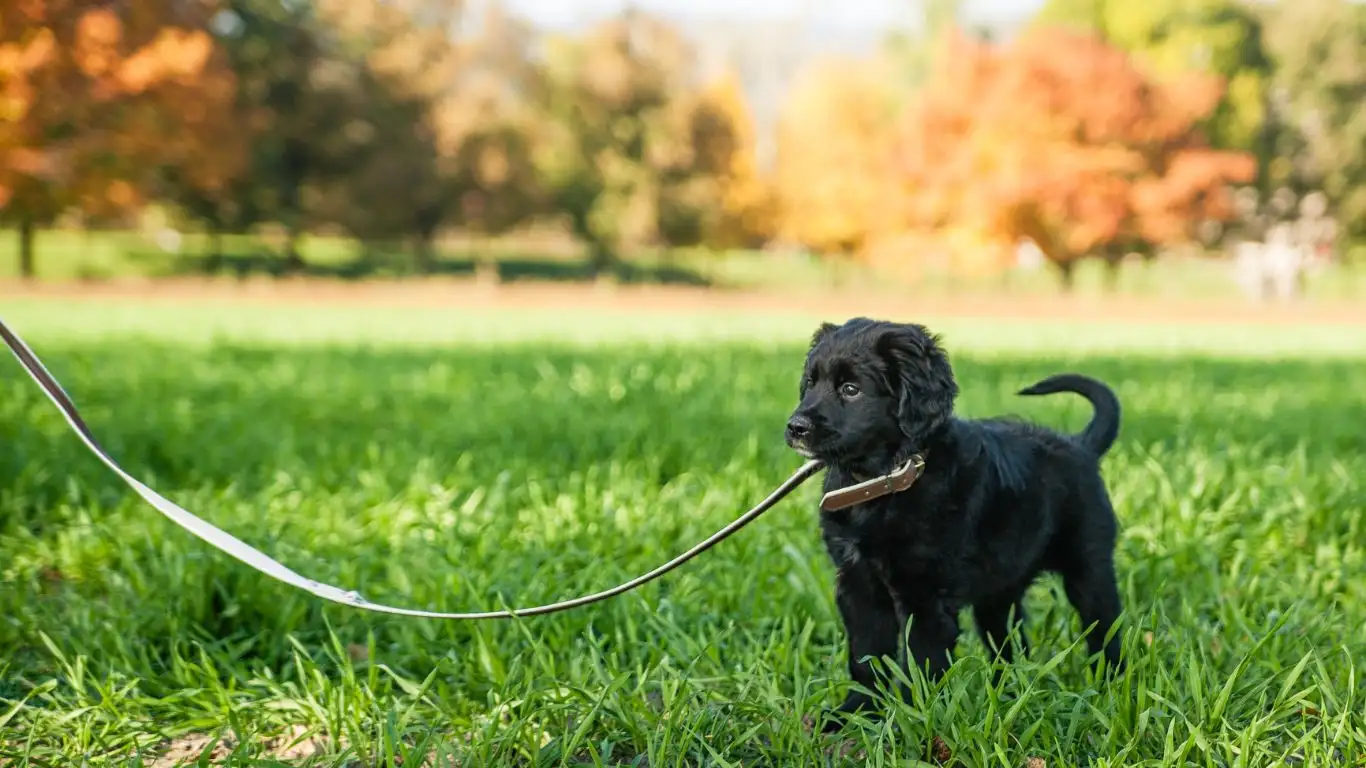 Choosing the Right Leash and Gear
Choosing the Right Leash and Gear
Equipment matters more than you might think. Over the years, I’ve found that the right leash and harness can significantly reduce tangling incidents. Here’s what I recommend:
- Standard 6-foot leash: Provides enough length for movement without excessive slack that can cause tangles.
- Non-retractable leash: Offers better control and reduces the risk of sudden pulls or tangles.
- Front-clip harness: Helps guide your dog and discourages pulling, promoting a straighter path.
- Reflective materials: Enhance visibility during early morning or evening walks.
Remember, the best gear is the one that suits both you and your dog’s walking style. Don’t hesitate to try different options to find the perfect fit.
Consistency and Patience: The Keys to Success
Training your dog to avoid leash tangling isn’t an overnight process. It requires patience, consistency, and a positive attitude. Celebrate small victories and understand that setbacks are part of the journey.
In my experience, dogs thrive on routine and clear communication. Regular practice sessions, combined with positive reinforcement, will lead to lasting results. And always remember to keep training sessions fun and engaging — your enthusiasm is contagious!
Additional Resources
For more tips and demonstrations, check out these resources:
- Train Your Dog to Untangle Their OWN Leash On Walks!
- Teach your dog to walk on a loose leash
- How To Teach a Puppy To Walk on a Leash
Disclaimer
This article is based on my personal experiences as a Canine-Assisted Therapy Trainer and is intended for informational purposes only. Always consult with a professional dog trainer or veterinarian for advice tailored to your specific situation.
